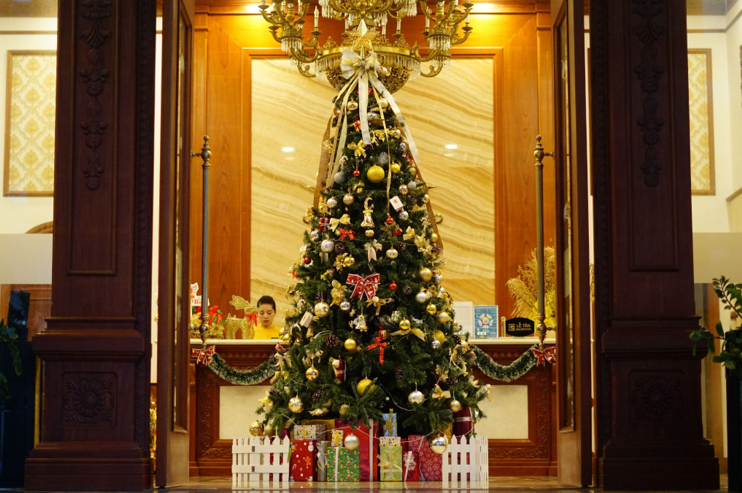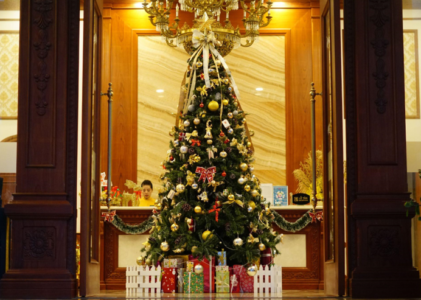The Pagan Origins of the Christmas Tree
Many of us associate the Christmas tree with the Christian celebration of the birth of Jesus Christ. However, the tradition of bringing evergreen trees indoors during the winter holidays has pagan roots, starting with the ancient Egyptians and Romans.
For these civilizations, evergreens served as a reminder of the coming of spring, when new life would emerge from death. They believed that evergreens, which stayed green all year round, demonstrated their ability to withstand the harsh winter months.
Even before Christianity emerged, the Germanic peoples in northern Europe honored evergreens as symbols of eternal life. They would decorate the trees with candles and fruit during festivals like Yule, which marked the winter solstice.
It was in the 16th century that the Christmas tree became associated with the Christian holiday. Legend has it that Martin Luther, the German Protestant reformer, was the first to add candles to an evergreen tree in his home after being inspired by the stars he saw shining through the branches one night.
But it was in the 19th century that the Christmas tree became widely popular in the Western world. Queen Victoria’s husband, Prince Albert, introduced the tradition to Britain in the 1840s, and it quickly spread to other parts of Europe and the United States.
The Modern-Day Christmas Tree

Today, the Christmas tree is a beloved symbol of the holiday season. Americans spend billions of dollars yearly on artificial and natural trees, garlands, lights, and ornaments. But what exactly do these decorations symbolize?
The most obvious answer is that they represent the birth of Jesus Christ. The star on top of the tree symbolizes the Star of Bethlehem, which guided the wise men to the birthplace of Jesus. The lights represent the light of Christ, and the ornaments are meant to reflect the beauty and diversity of God’s creation.
But the Christmas tree also holds personal meaning for families and individuals. Each ornament represents a memory or story, from handmade childhood decorations to new ones purchased on vacations or special occasions. The tree symbolizes family gatherings, as loved ones decorate it and exchange gifts beneath its branches.
There are also many regional and cultural variations of the Christmas tree. In Mexico, for example, families create “nacimientos” or nativity scenes, which include figures of Mary, Joseph, and baby Jesus, trees, and other elements of nature. In Iceland, families decorate a “Yule Goat” made of straw, which is said to come to life and play tricks on people during the holiday season.
Furthermore, the Christmas tree has inspired many innovations and industries. The first artificial Christmas trees made of goose feathers were created in Germany in the 1880s, and today there are endless varieties of fake trees made of PVC, PE, or even recycled materials. The holiday tree also has ecological repercussions, with many cities offering recycling programs for natural trees, and some even use them to create mulch or wood chips. In conclusion, the history of the Christmas tree is rich and fascinating, with many different cultural, religious, and personal meanings. Whether you prefer a real tree or an artificial one, whether you decorate it with tinsel or popcorn, whether you view it as a symbol of faith, family, or the winter solstice, the Christmas tree represents the joy and wonder of the holiday season for millions of people around the world.

